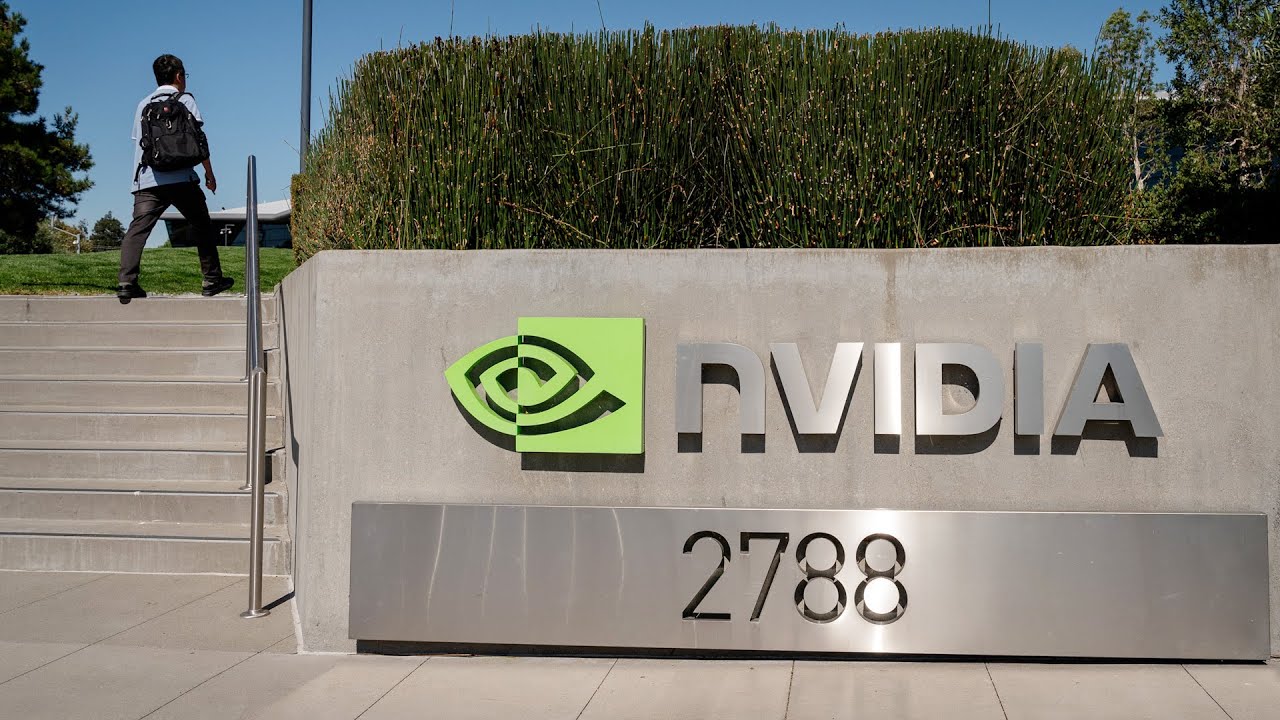The video highlights Nvidia’s strong competitive advantages in AI and data center markets, emphasizing its innovative technologies, growth potential, and the importance of clarity on its China business amid regulatory challenges. It also discusses the evolving AI landscape, noting that early enterprise AI pilot failures are expected and that Nvidia’s continued innovation will be key to maintaining leadership as global AI adoption expands.
The video discusses Nvidia’s strong position in the AI and data center markets, highlighting its vertical integration, robust software stack, and powerful GPU performance. A key competitive advantage is Nvidia’s nvlink technology, which currently remains unmatched and is expected to drive excellent quarterly performance. While some investors believe Nvidia’s success is already priced into the stock, there is anticipation around CEO Jensen Huang’s commentary on the upcoming Blackwell architecture and future innovations like the Rubin architecture, which could provide further growth visibility.
There is a bullish outlook on Nvidia’s data center revenue, particularly in networking, which may offer more upside than the market currently expects. The speaker emphasizes the importance of hearing from Jensen Huang about future orders, especially from hyperscale cloud providers, and the broader market opportunities driven by incentives from regions like the EU and Korea. These factors could accelerate adoption beyond the current core customer base, expanding Nvidia’s growth potential.
China remains a critical and somewhat uncertain factor, with many awaiting clarity on Nvidia’s business there. The speaker believes that Nvidia will address China-related risks and opportunities in its earnings report, noting that the company has been carefully balancing compliance with U.S. regulations while fulfilling demand in China. The expectation is that Nvidia will resume shipments to China, which is factored into current financial models.
The discussion also touches on the evolving landscape of AI computing beyond just training models. Nvidia’s scalable networking and high-performance cluster computing are seen as vital for future growth, but competition from companies like Broadcom and open-source initiatives is expected to intensify by 2027. Nvidia’s ability to continuously reinvent itself and expand beyond being just a silicon provider will be crucial to maintaining its leadership amid increasing global AI adoption, especially in regions that are still early in their AI journey.
Finally, the video addresses concerns raised by an MIT report about the high failure rate of AI pilots in enterprises. The consensus is that judging AI based on early-generation technology is premature, as models are rapidly improving. Enterprises will likely need to run multiple pilots to find successful applications, and failure in initial attempts should not be seen as a deterrent to adoption. The analogy to the evolution of the iPhone underscores the vast potential ahead, suggesting that AI adoption will grow significantly as technology matures and enterprises become more confident in its capabilities.
